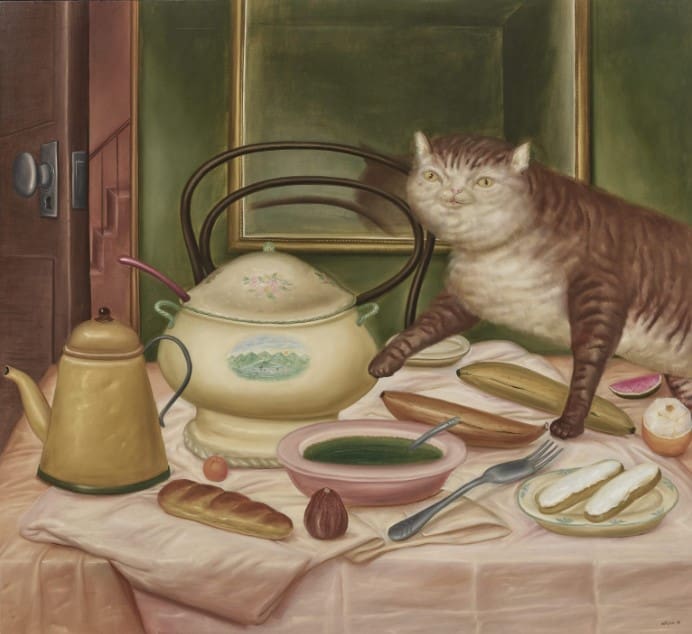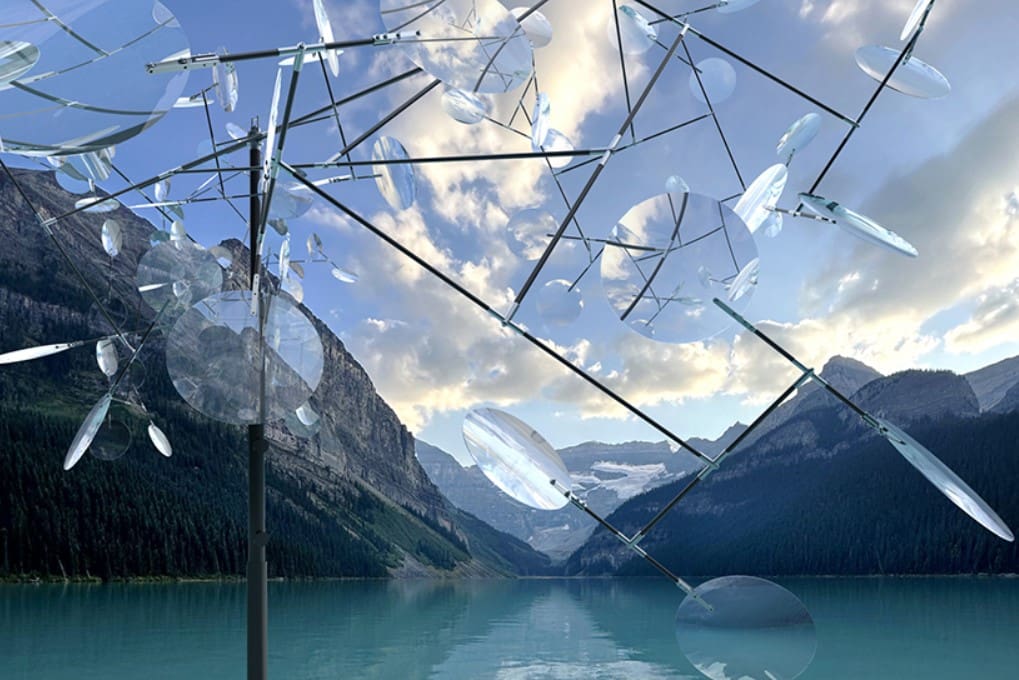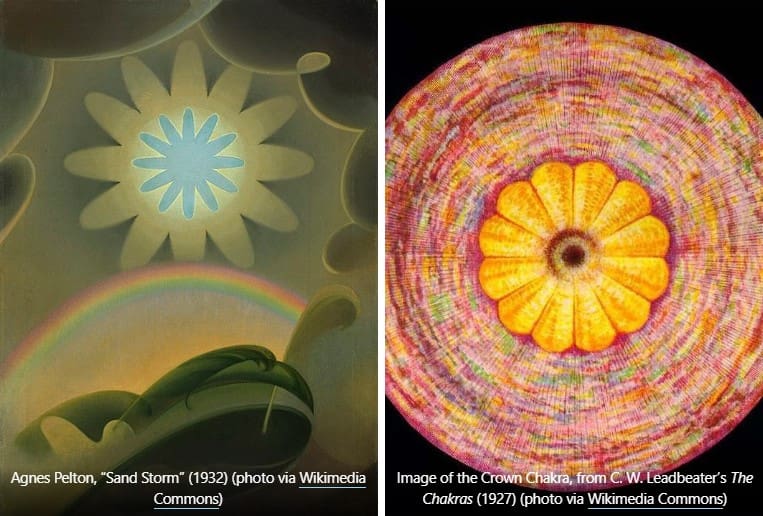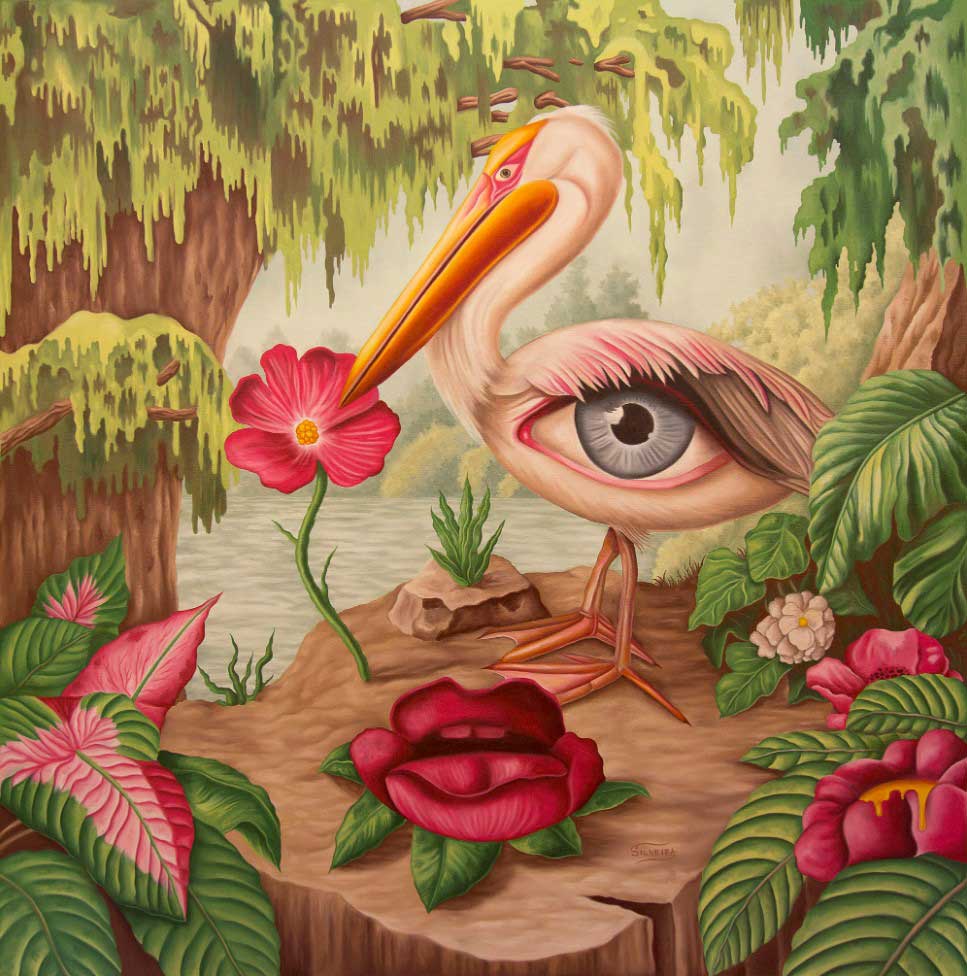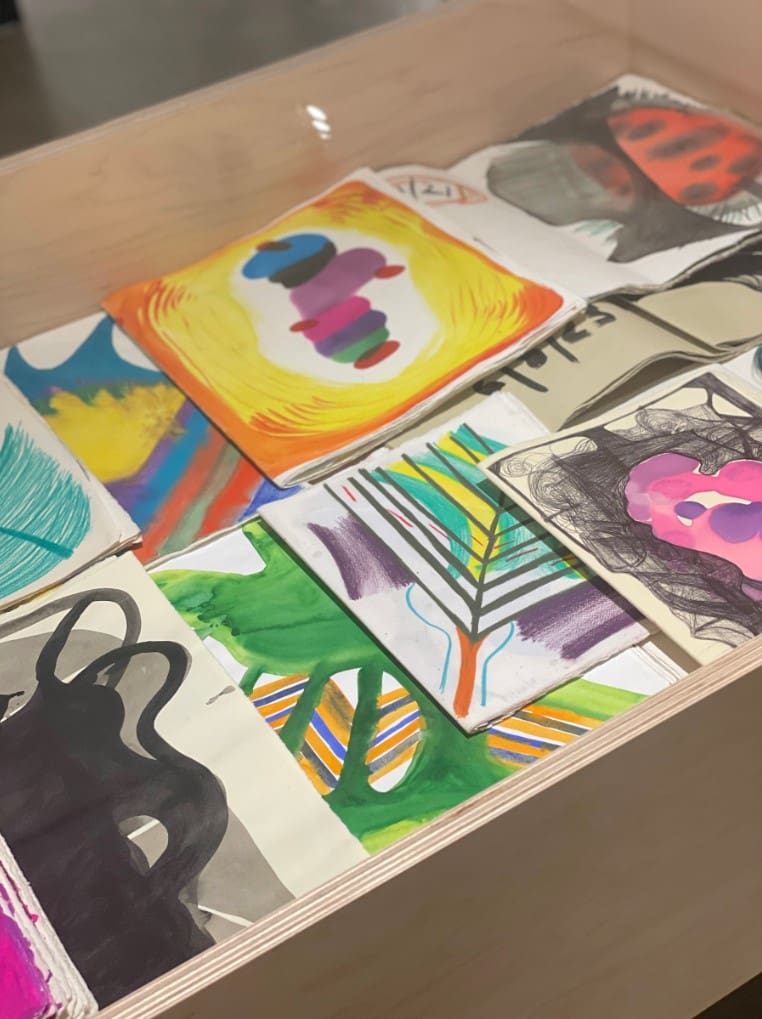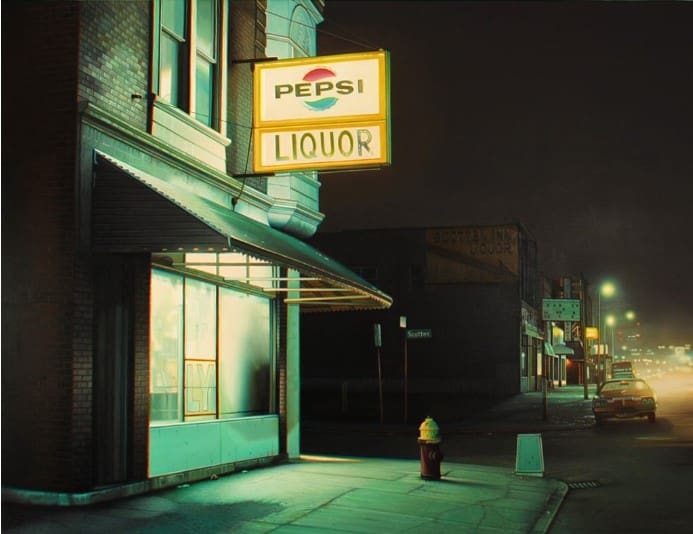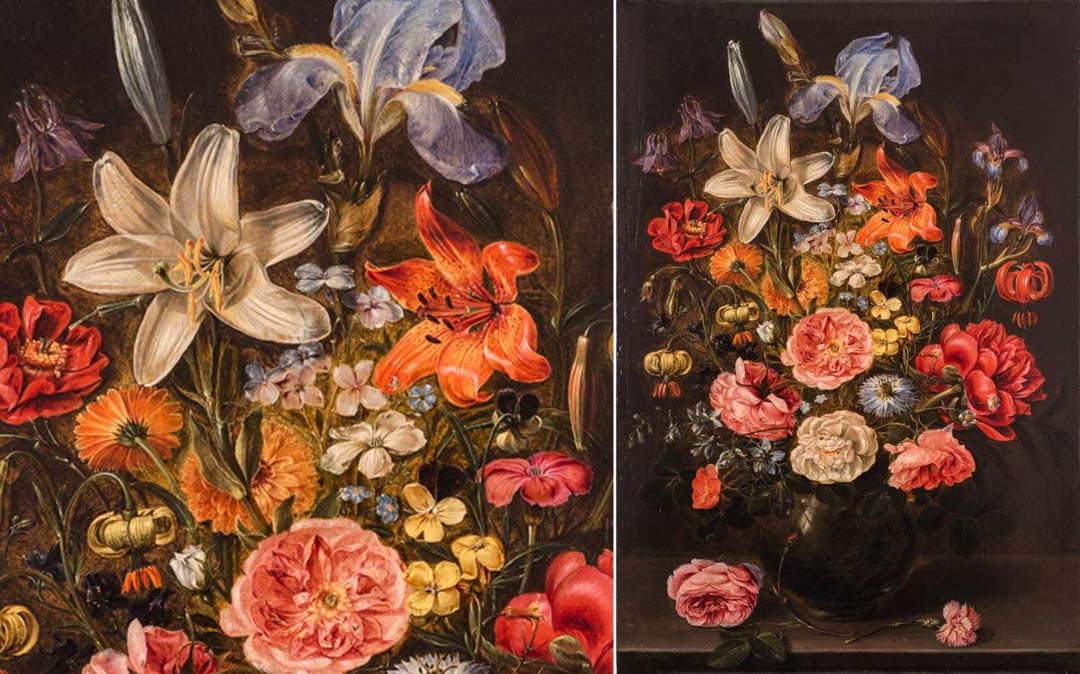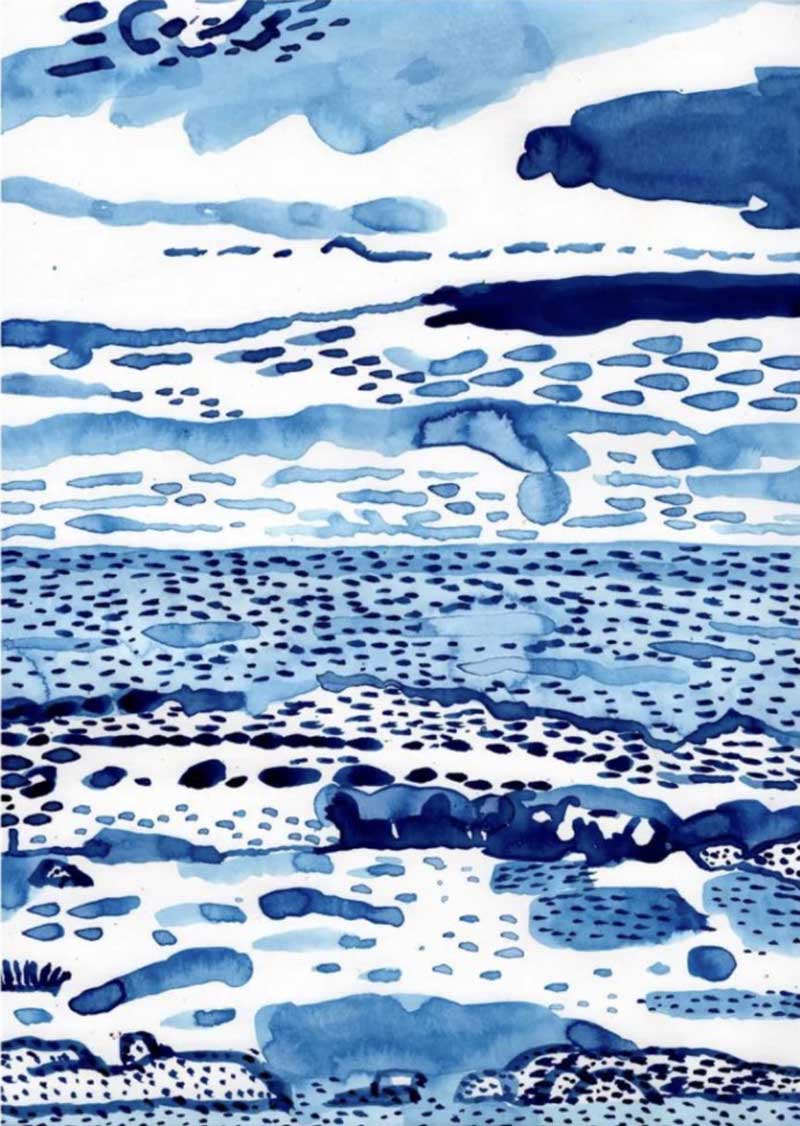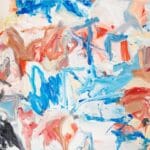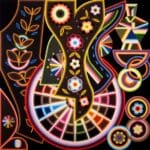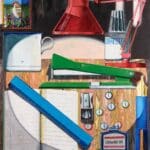Our feline friends may now be the toast of the internet and social media, but they have also long served as subjects and inspirations to artists all the way back to the Middle Ages. Renoir has captured the blissful languor of the cat, just as Picasso depicted its playful savagery and Chagall its kineticism. And that’s not mentioning Louis Wain, who enriched the genre with the sheer volume of his anthropomorphized cat paintings.
But sadly, not all artists get cats. In fact, some have turned out artworks that portray them less like our furry housemates and more inexplicably strange, even grotesque creatures. Cats are weird, but surely not this weird. Below, we bring you seven times artists got these purrballs wrong—so wrong.
Featured image: Fernando Botero, Still Life With Green Soup (1972). Courtesy of Christie’s
Read the original article here… and return to share your comments below

